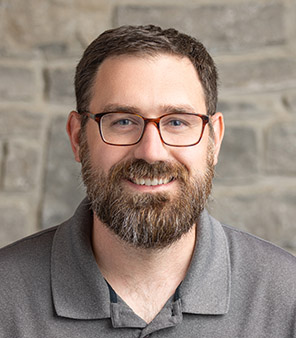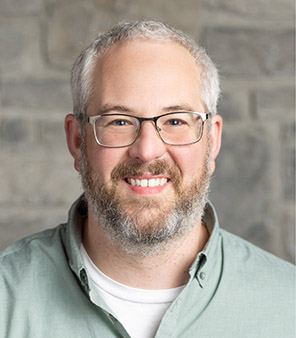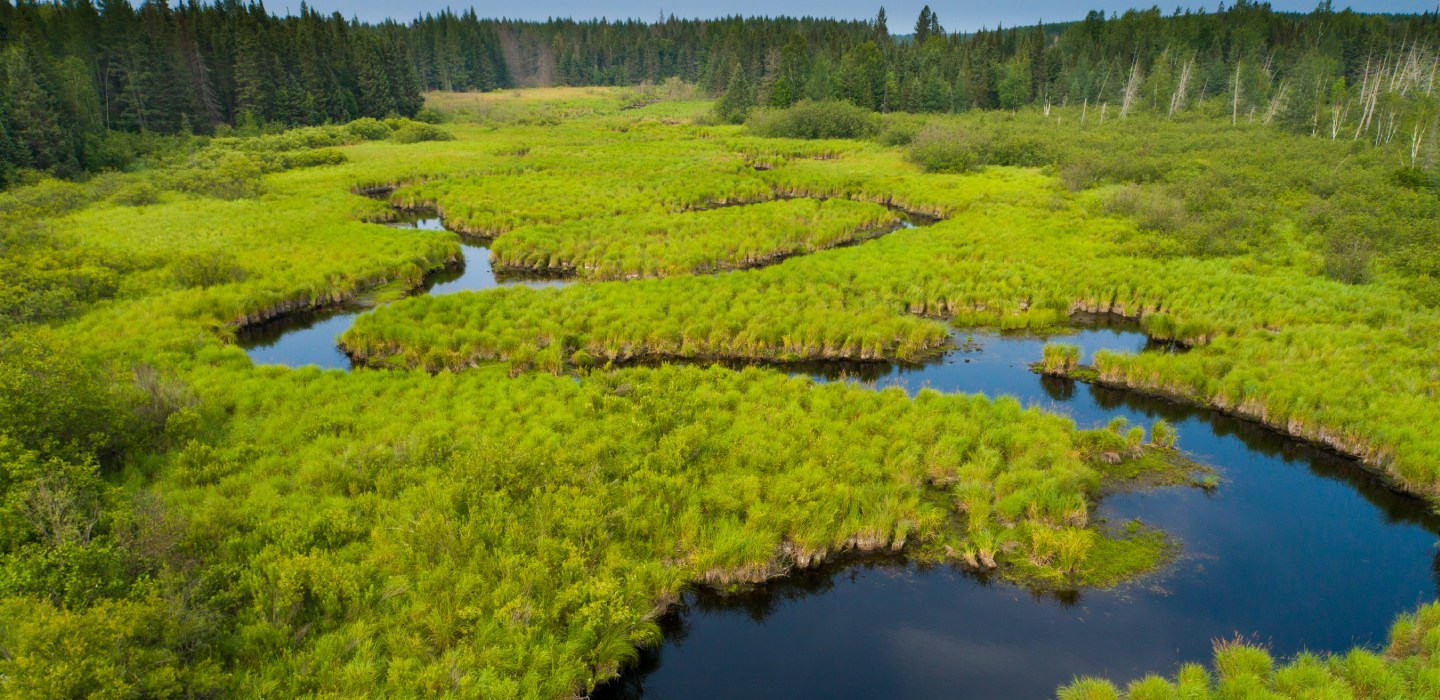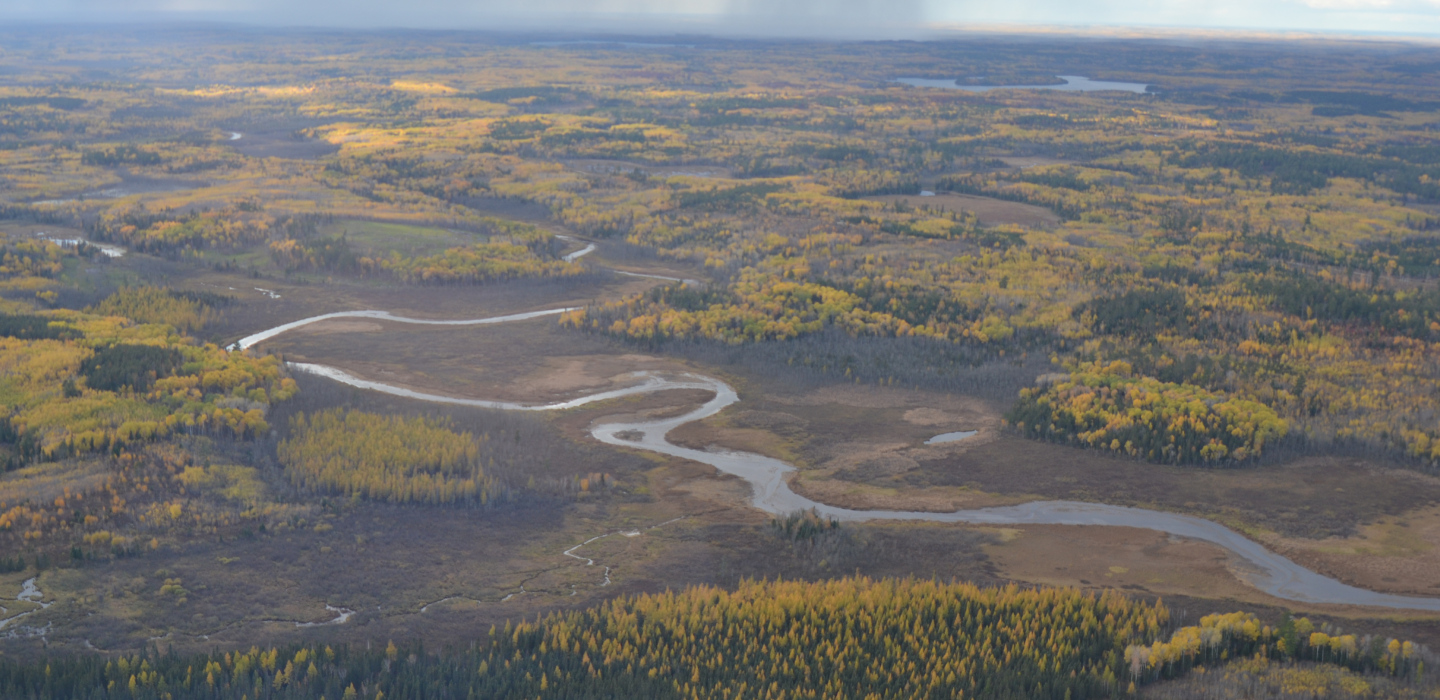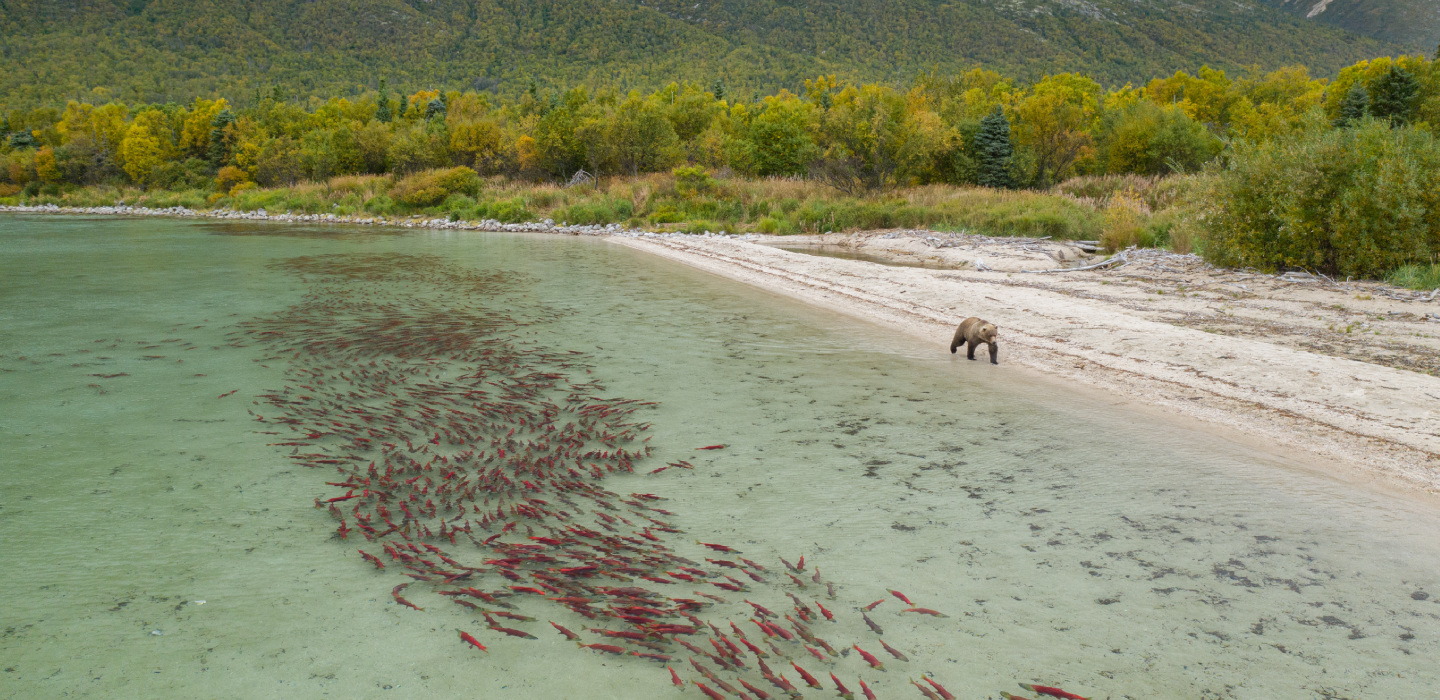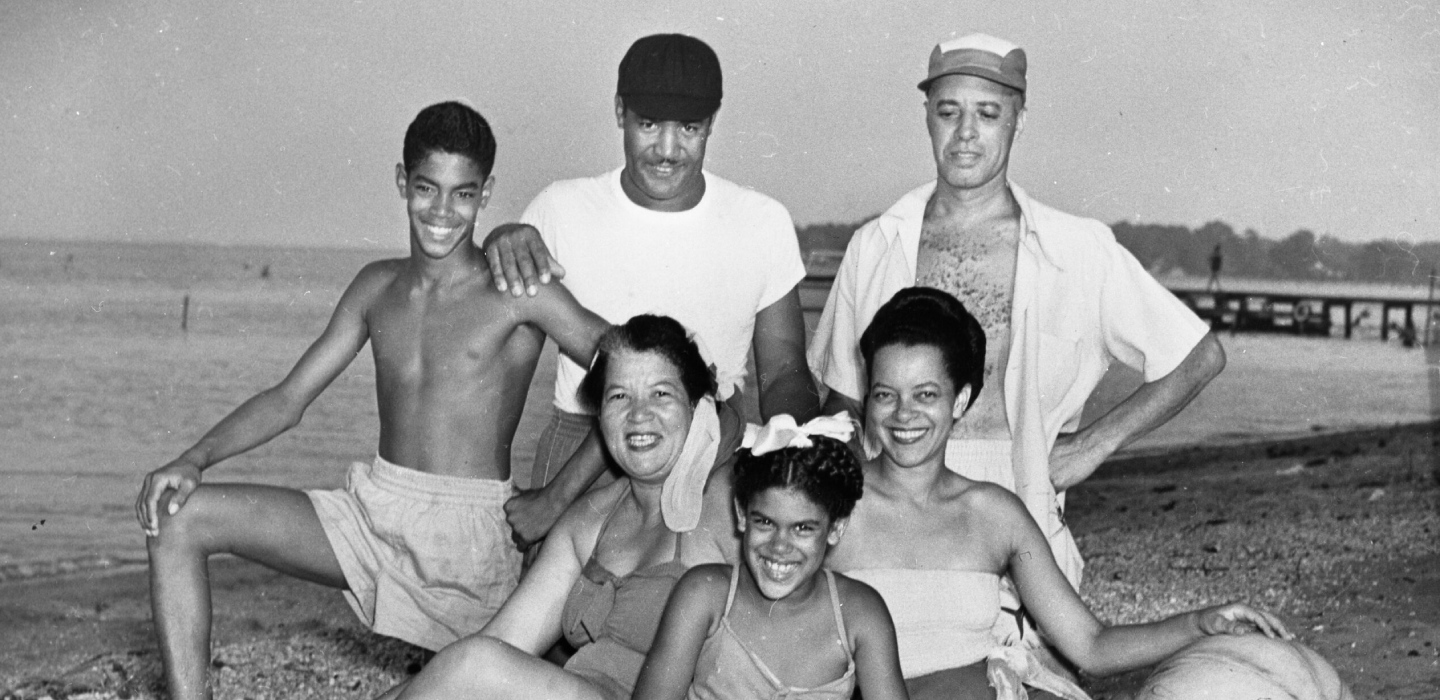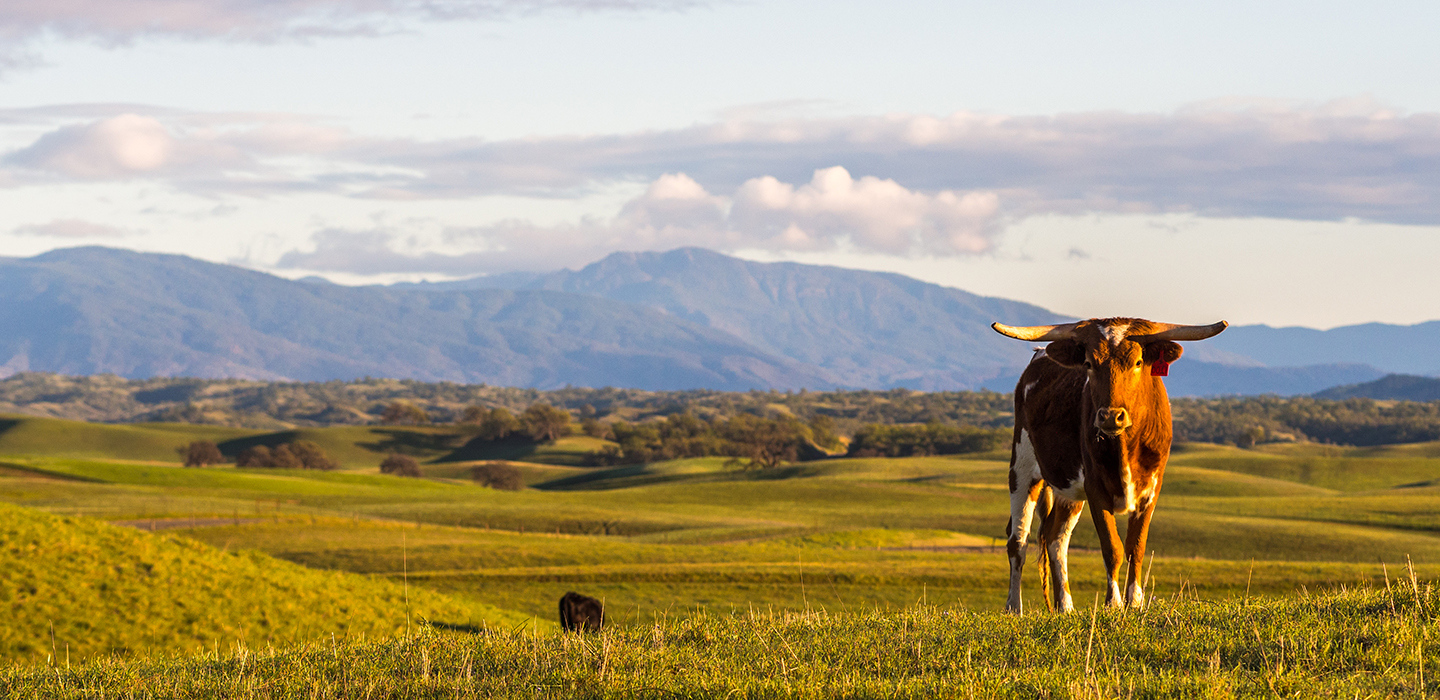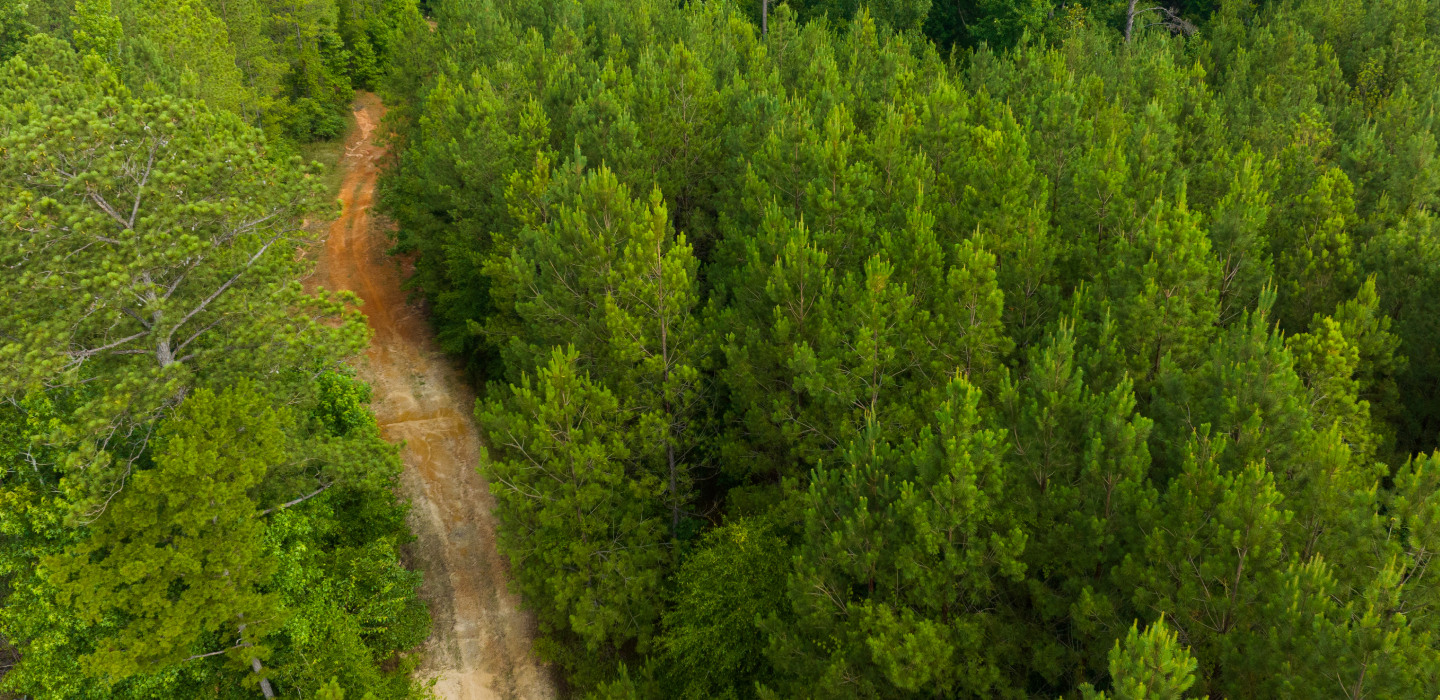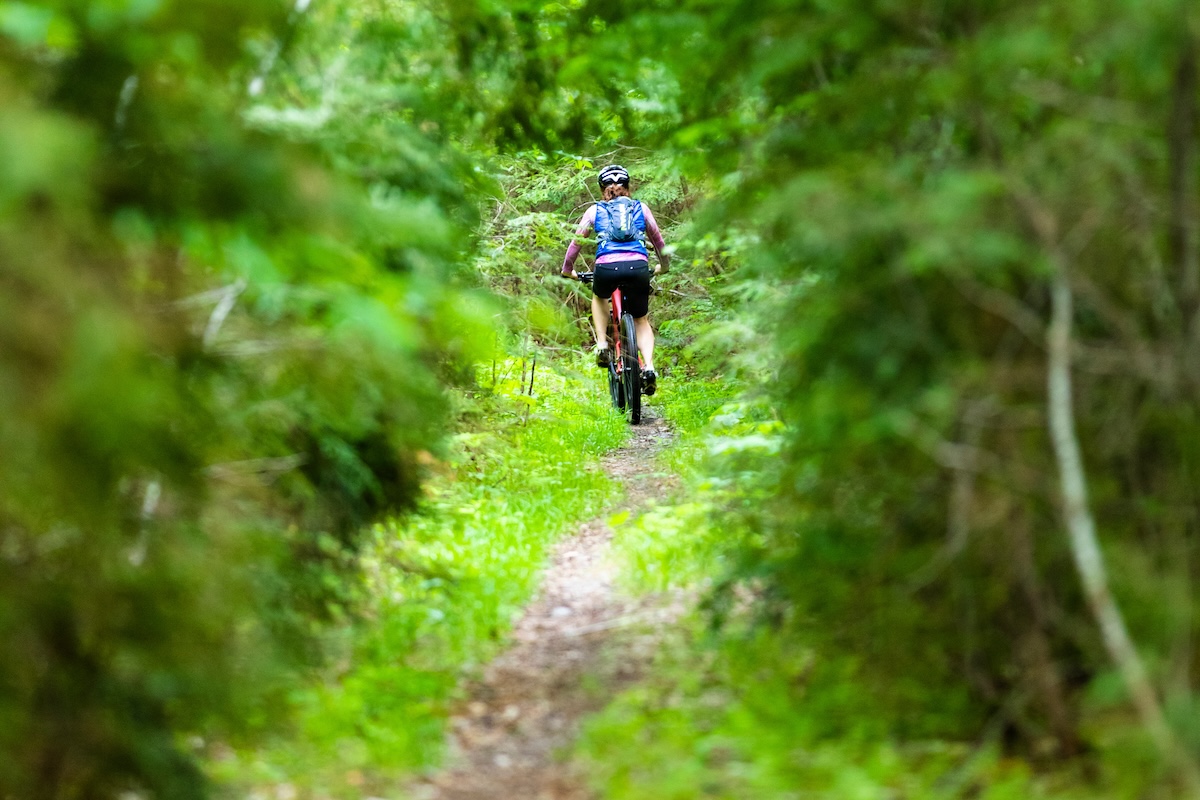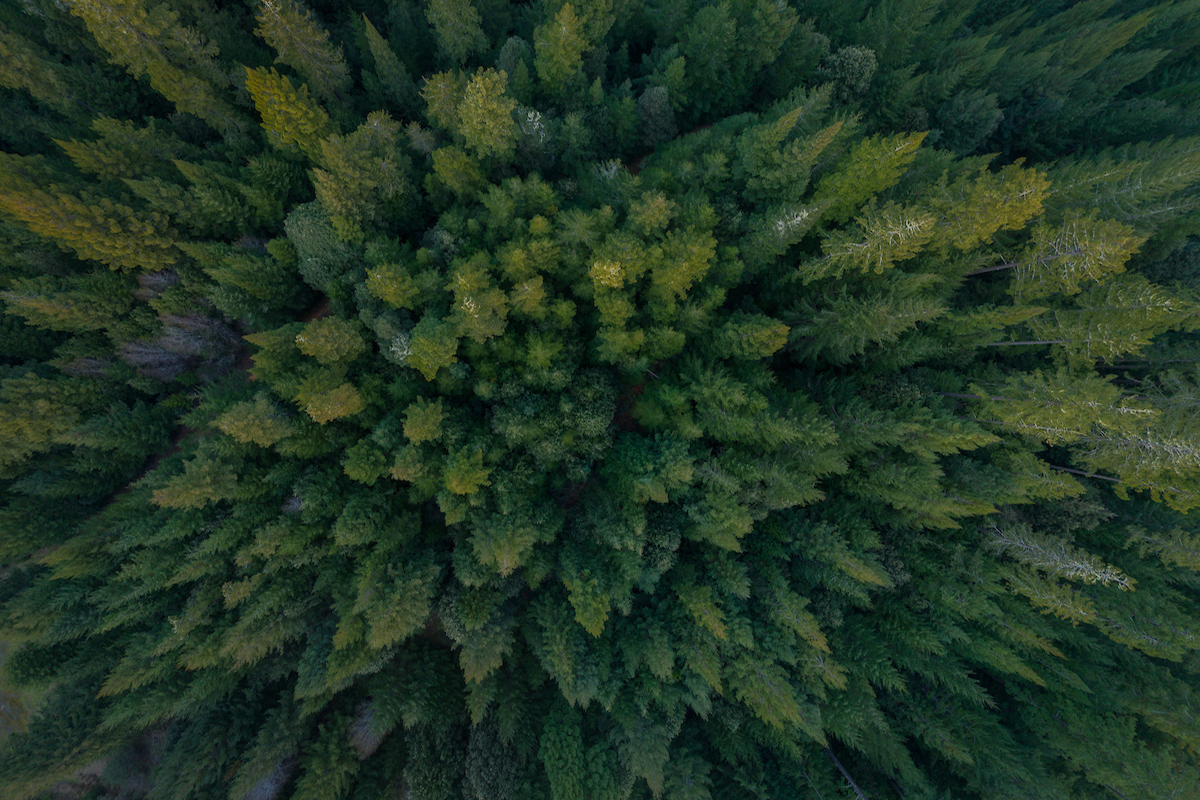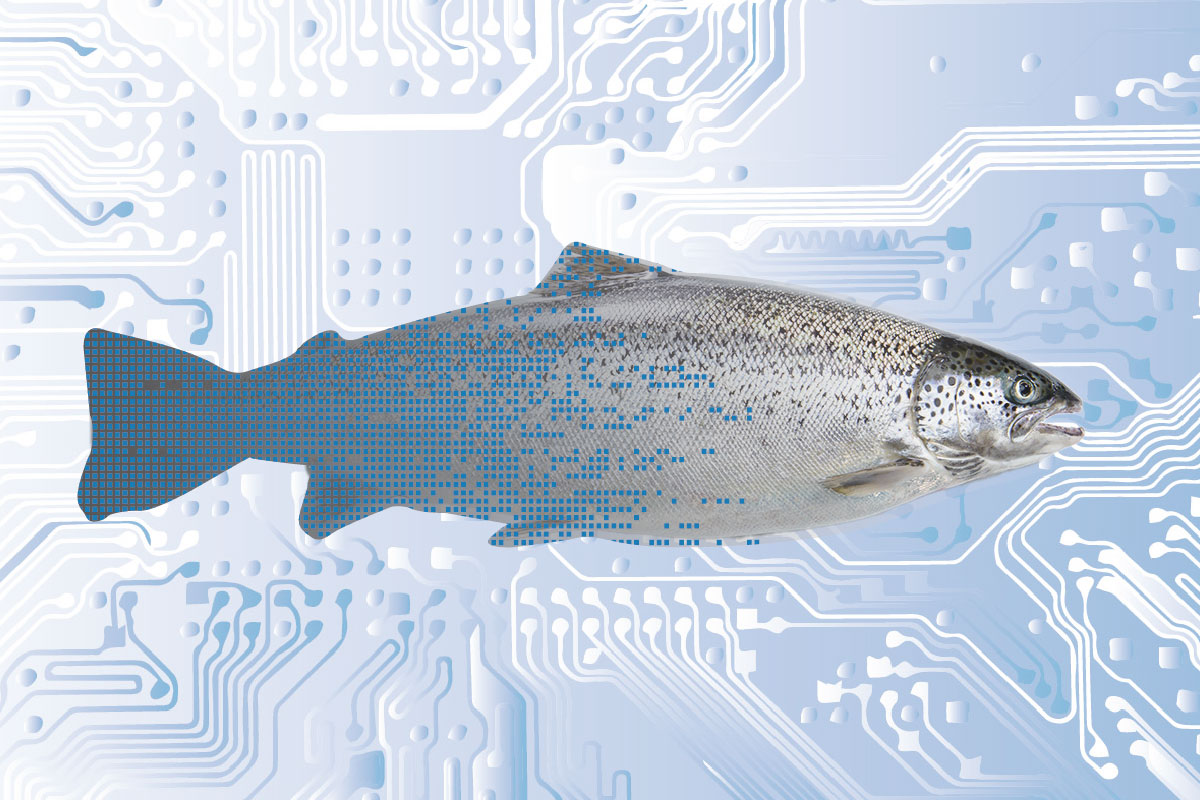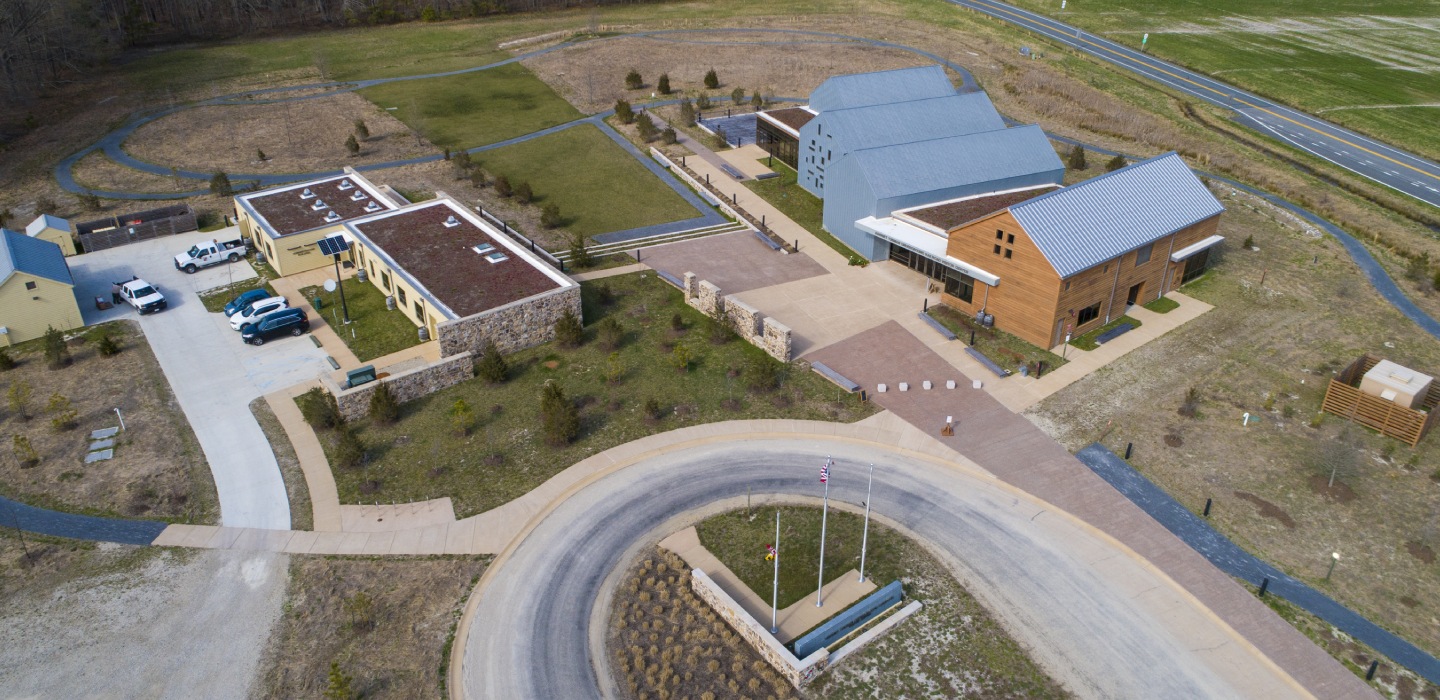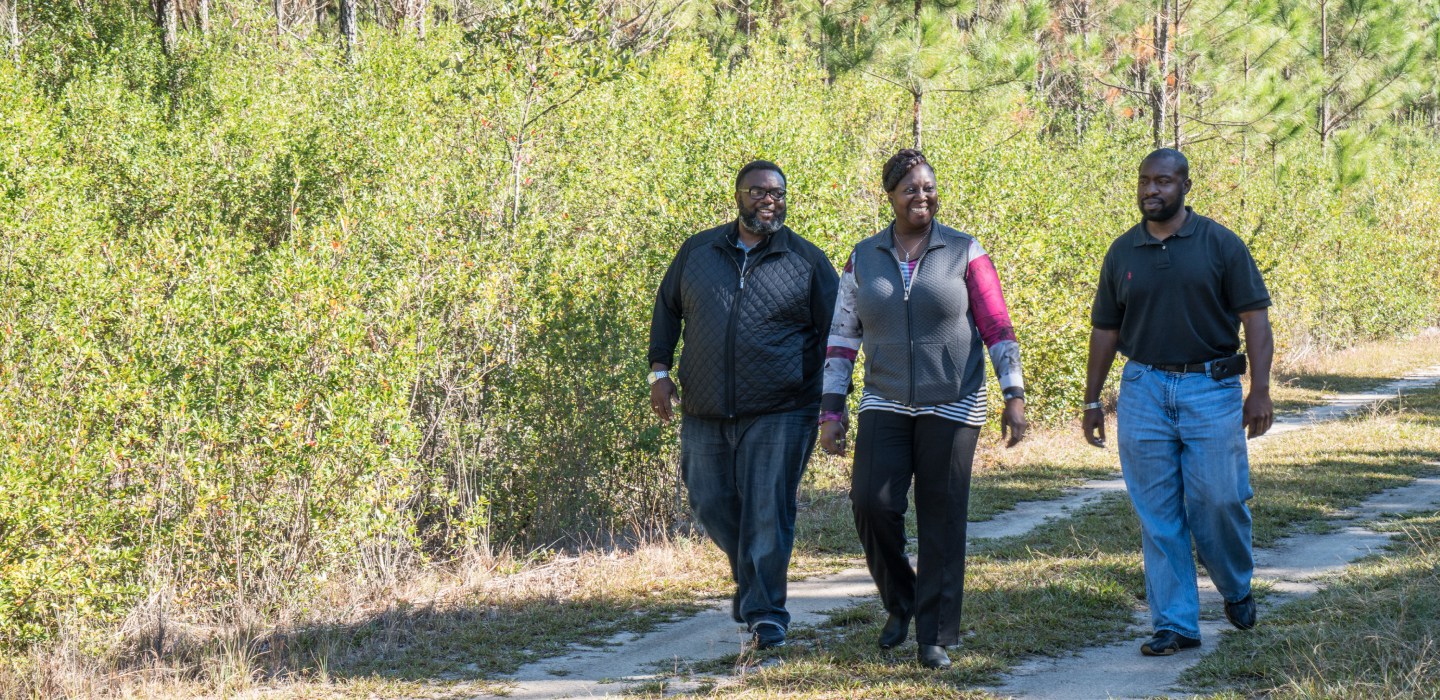Get to Know the Freshwater Institute’s West Virginia-Raised Salmon
At the Freshwater Institute, we are leaders in the development and design of aquaculture systems that make it possible to produce local, sustainable seafood that’s good for your health and good for the environment.
West Virginia-Raised Salmon Frequently Asked Questions
Where Does West Virginia-Raised Salmon Come From?
Our Atlantic salmon is raised at The Conservation Fund’s Freshwater Institute facility in Shepherdstown, West Virginia.
How Do You Grow Atlantic Salmon in West Virginia?
The Freshwater Institute raises Atlantic salmon using a sustainable aquaculture production technology known as land-based, closed-containment recirculating aquaculture systems (RAS).
How Does RAS Technology Work?
The land-based RAS operations at the Freshwater Institute make it possible to grow fish such as Atlantic salmon and trout from egg to market-size fish anywhere. RAS requires little water input and captures most of the waste biosolids (fish manure) and phosphorus, reducing water pollution and meeting stringent point-source discharge permits. A small flow of spring water supplies the recirculating systems at the Freshwater Institute. Fish are reared in water that is continuously recirculated through circular tanks and water treatment equipment. Water current rotating through circular tanks is controlled to create an optimal environment for the fish. Nearly all (typically more than 99%) of the water flowing through RAS is recycled, and waste biosolids are captured, dewatered and reused for fertilizer and compost. Our RAS-raised salmon grow to harvest size in approximately 24-26 months from hatch. Watch the video below to see how this process works.
Why Don’t You Sell Your Salmon Year-Round?
The Freshwater Institute is not a commercial production facility. We are focused on advancing innovative technology to contribute to our country’s future seafood demands in an environmentally friendly way. Our harvests are the result of individual studies that help further the development of RAS technology and production. Our research provides vital information to the North American salmon farming industry, government officials, funders and conservation advocates to inform decision-making regarding land-based freshwater closed-containment systems for Atlantic salmon.
We are committed to finding solutions and sharing our knowledge with consumers and the seafood industry.
What Are the Benefits of Raising Fish With RAS Technology?
RAS has several benefits for people, fish and the environment. Our systems are biosecure (fish cannot escape and fish pathogens are excluded), have an easily controlled rearing environment, produce healthy and optimally performing fish, recycle water, and reuse waste. RAS technology also allows for the flexibility to produce fish locally. This reduces the transportation costs of getting fish to market. And, because 99% of the water in RAS technology is recycled, it makes efficient use of one of our most important natural resources.
Is It Safe?
Yes, fish raised in RAS grow in a controlled environment that minimizes risks of contamination and disease. Owing to this, our fish are not fed any pesticides, antibiotics, vaccines or hormones.
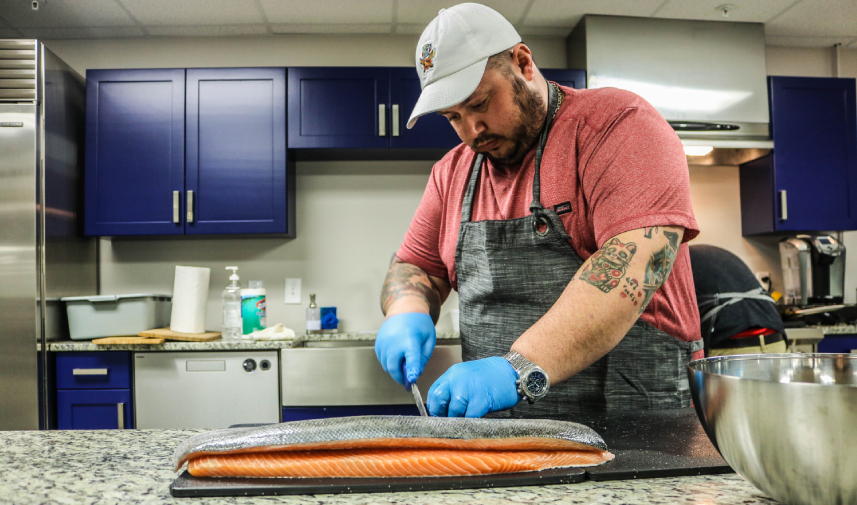
Is Your Salmon Organic?
There is currently no USDA organic designation or label for farmed seafood produced in the United States. We are carefully monitoring the development of this standard.
Why Should I Consider Fish Raised With RAS?
Our oceans are reaching a limit on what they can offer. More than 85% of our edible seafood supply is imported, and half of that supply is already coming from fish farms in other countries. Our research in RAS technology is driven by a passion to find the most sustainable and environmentally friendly ways to produce healthy local seafood. The controlled environment provided by RAS means that we create the best conditions for our fish and the safest possible seafood for consumers. The flexibility of RAS also opens the door for buyers to have access to fresh, traceable and local seafood no matter where they are.
Photo credits (from top of page): Dagny Leonard
Project Staff
